Unit Circle Paper Plate Activity
This blog post contains Amazon affiliate links. As an Amazon Associate, I earn a small commission from qualifying purchases.
This post about the unit circle paper plate activity is more a reminder for me the next time I teach trig than anything else. I’m teaching statistics again next year, by the way. And, I’m doing INBs with my students instead of using the textbook like my first go at teaching stats.
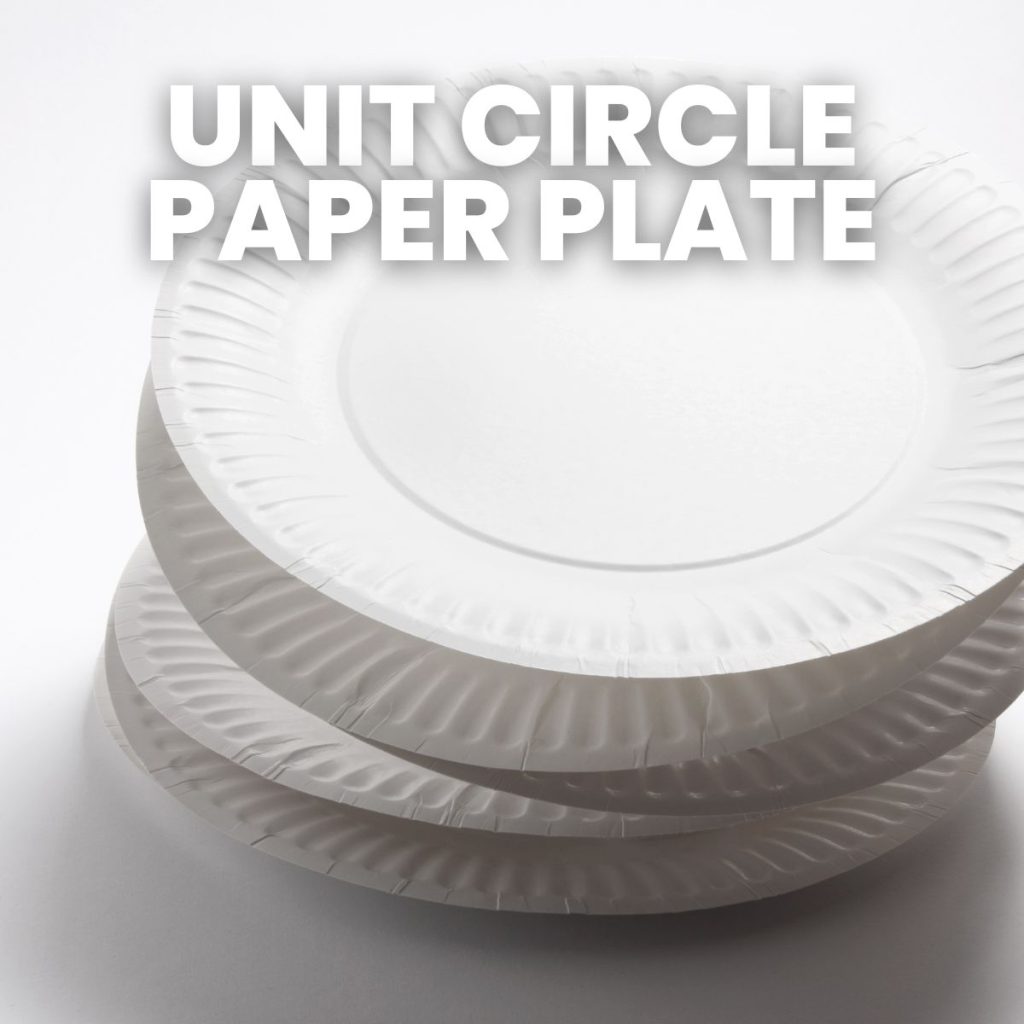
I’m super duper excited. Also, I’m going to have more than 5 kiddos which means we can do data collection activities that result in enough meaningful data to analyze without bugging other classes!
Okay. Back to trig. This year, I had my students make unit circle paper plates. They were….ummmmmm…okay. Not really. One of my students was very careful and precise, and hers turned out really well.
The rest of my kids? Their results were NOT photo worthy.
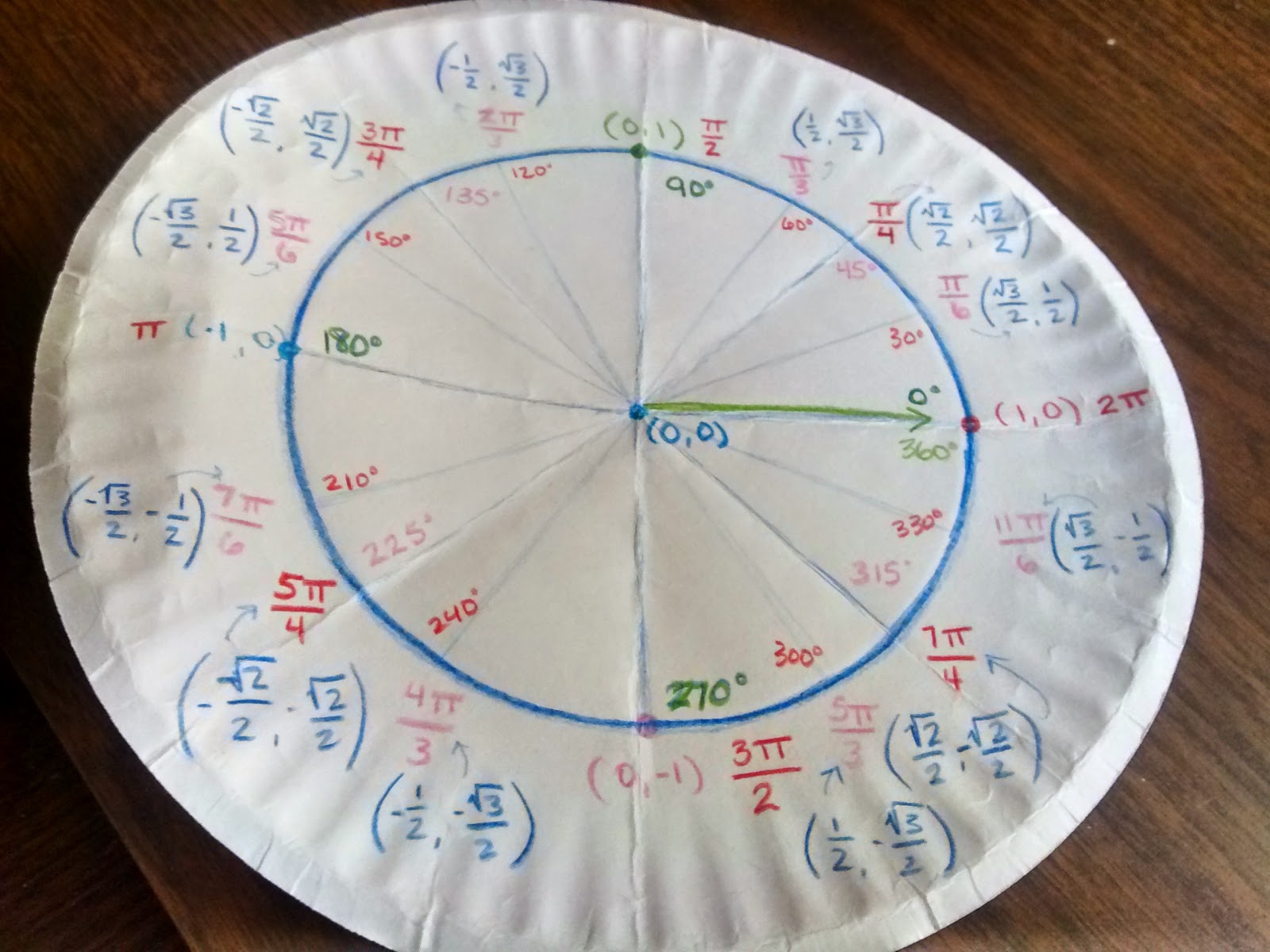
Advice to Myself Before Doing the Unit Circle Paper Plate Activity Again
Dear Future Sarah,
So, you’re teaching trig again. Yay!!! Here are a couple of pieces of advice.
#1: Sloooooooooooooooooooow down when you teach the unit circle!
#2: Your kids aren’t going to feel comfortable with fractions dealing with pi. Actually, all fractions make them nervous. Come up with some way to combat this. Make a huge number line on the dry erase board. Make magnetic labels with various pi fractions. Have the class race to put the fractions on the number line. Make it a contest. Better yet, make lots of mini number lines on the floor with masking tape. Let them have races to correctly place the values on the number line. Change up how many dashes are between 0 and pi. Force kids out of their comfort zones.
#3: Before you ever start talking about the ordered pair values of the different points on the unit circle, let them get loads of practice with just labeling the angles in degrees and radians. Your students need more practice with this than you think. Maybe you could make this into an activity, too. Masking tape circles on the floor might be a little tricky to pull off. But, you could make a unit circle template that only has the degrees and a spot for the corresponding number of radians. Laminate it or put it in your dry erase pockets.
#4: Don’t start thinking about showing your students how to use special right triangles to find the values around the unit circle until they are good with all of the above.
#5: The first time you work on finding ordered pairs, ONLY talk about quadrant one. Resist the urge to talk about the other quadrants. Pretend they don’t exist.
#6: Have students cut out the special right triangles and glue them on the unit circle. Don’t let them convince you that they can visualize them. They can’t. YET.
#7: Have students make a flip book that walks through the process of finding the ordered pair values in the first quadrant. Students need to be able to show this process step-by-step What this flip book looks like? Not sure. I trust that you’ll figure it out. Or, some kind soul with a brilliant idea will leave a comment.
#8: Read the comments on this post! Do something about them!
#9: Once students are comfortable with the first quadrant, you can let on that you know about the other quadrants again. Don’t tell students there is a short cut. Repeat: PRETEND THERE IS NO SHORTCUT. Assign students to draw and label triangles for the rest of the unit circle. Let them figure it out for themselves. Resist the urge to say anything. I know it’s tough. But, it’ll be worth it. SO worth it.
#10: Encouraging students to memorize the unit circle is a waste of time. Spend the time you spent giving them speed tests and replace it with tests where students have to demonstrate how to derive an ordered pair of your choosing.
#11: Keeping calling the Unit Circle: Our Trig BFF. That was smart. And cute.
#12: Make the unit circle paper plate activity the FINAL unit circle project. Not the introduction to the unit circle. This will make results prettier and lots more meaningful.
#13: Laminate unit circles to hand out with quizzes or tests that require their use. Keep this pile of laminated goodness in a prominent spot. Make it a big deal when a student grabs a unit circle without your prompting. Unit circle use is exciting.
#14: Unit circle cupcakes sound like a good idea. A really good idea.
Sincerely,
Past Sarah

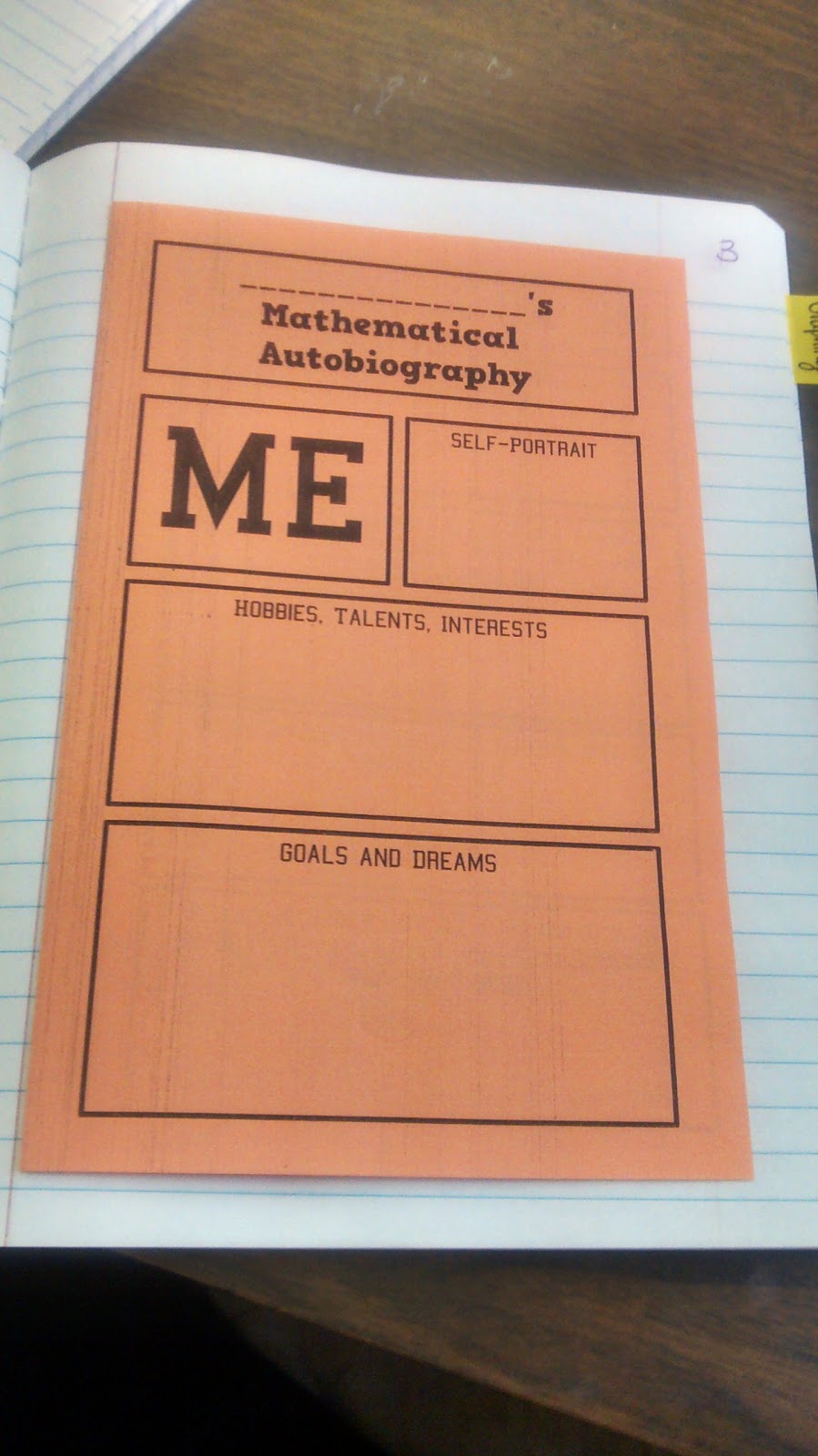
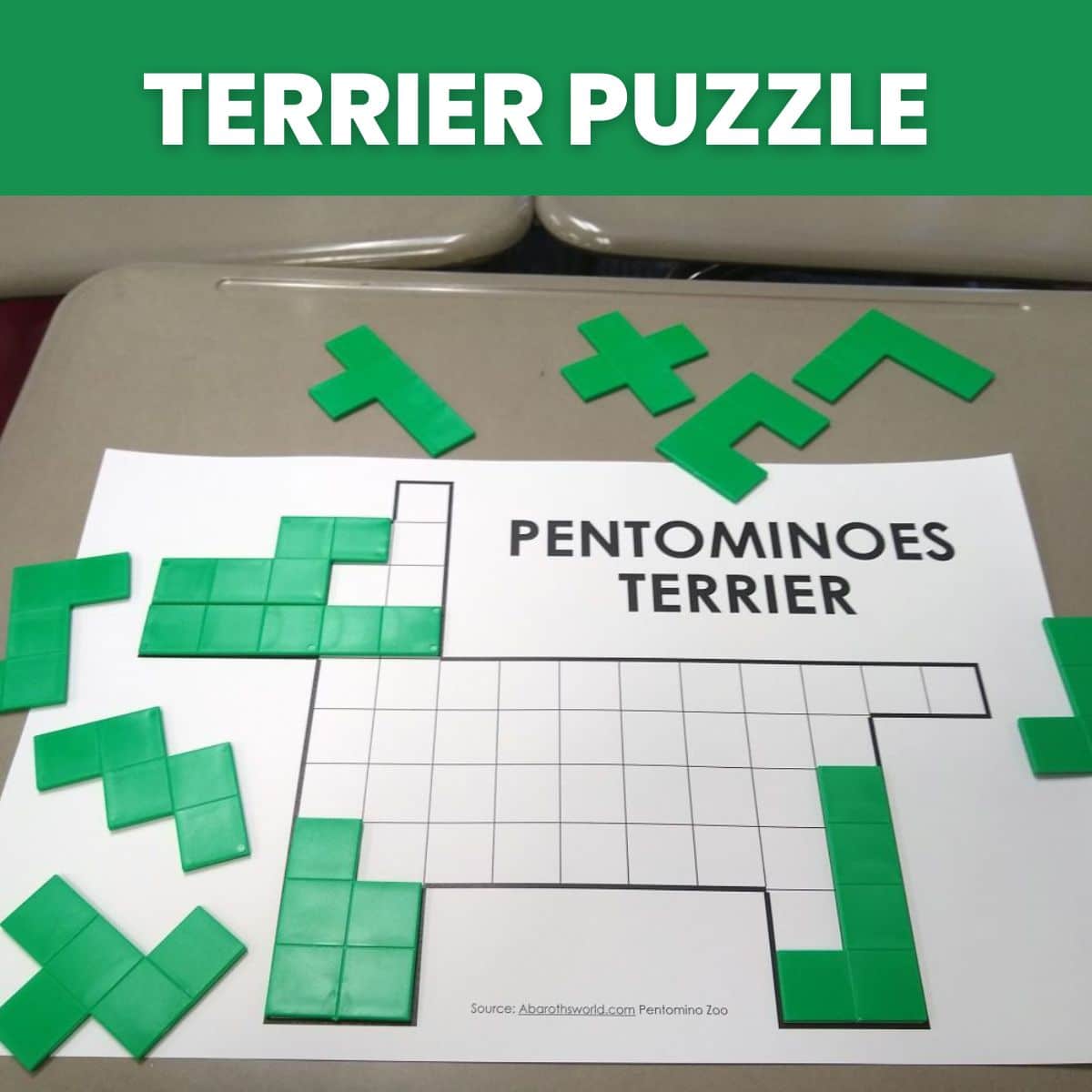

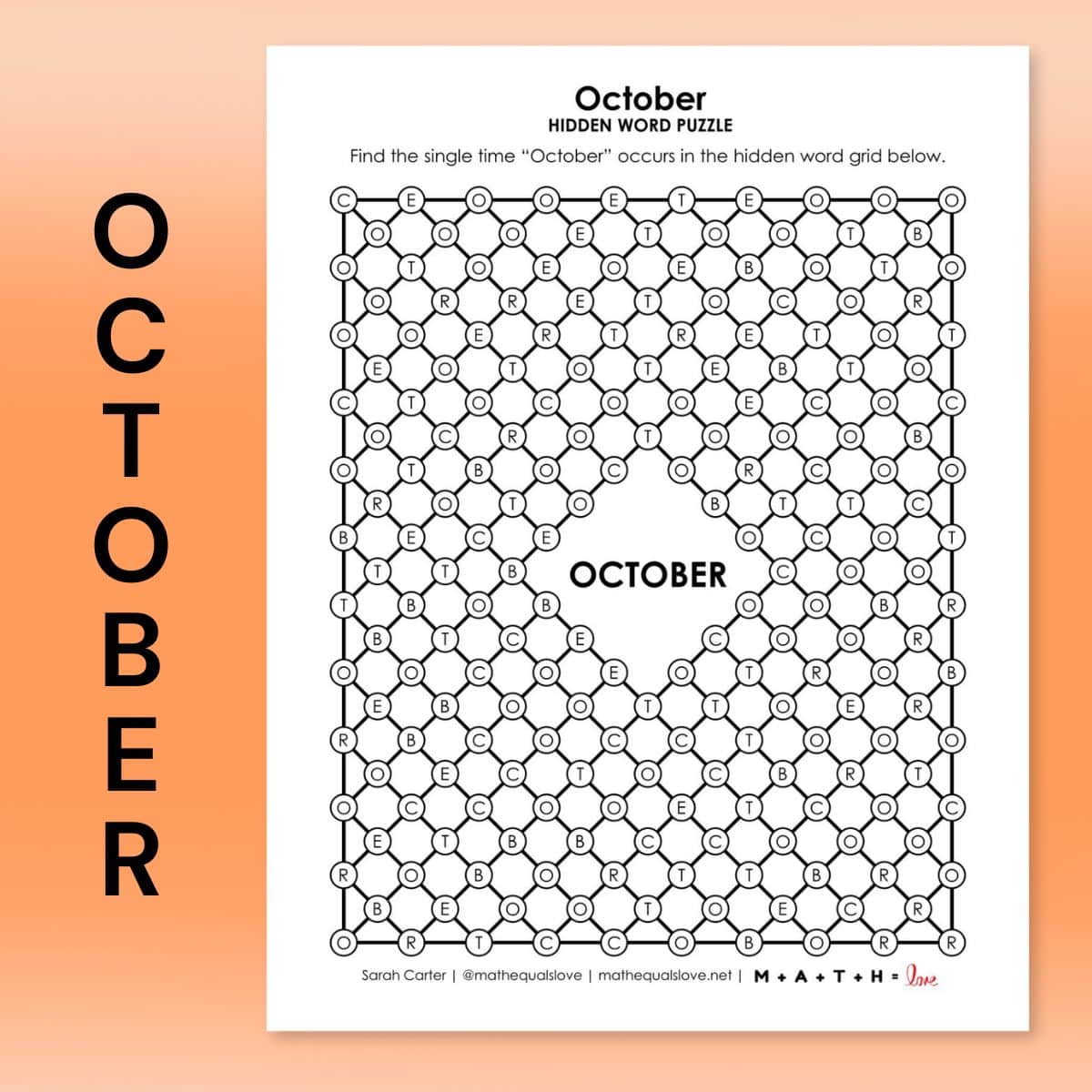
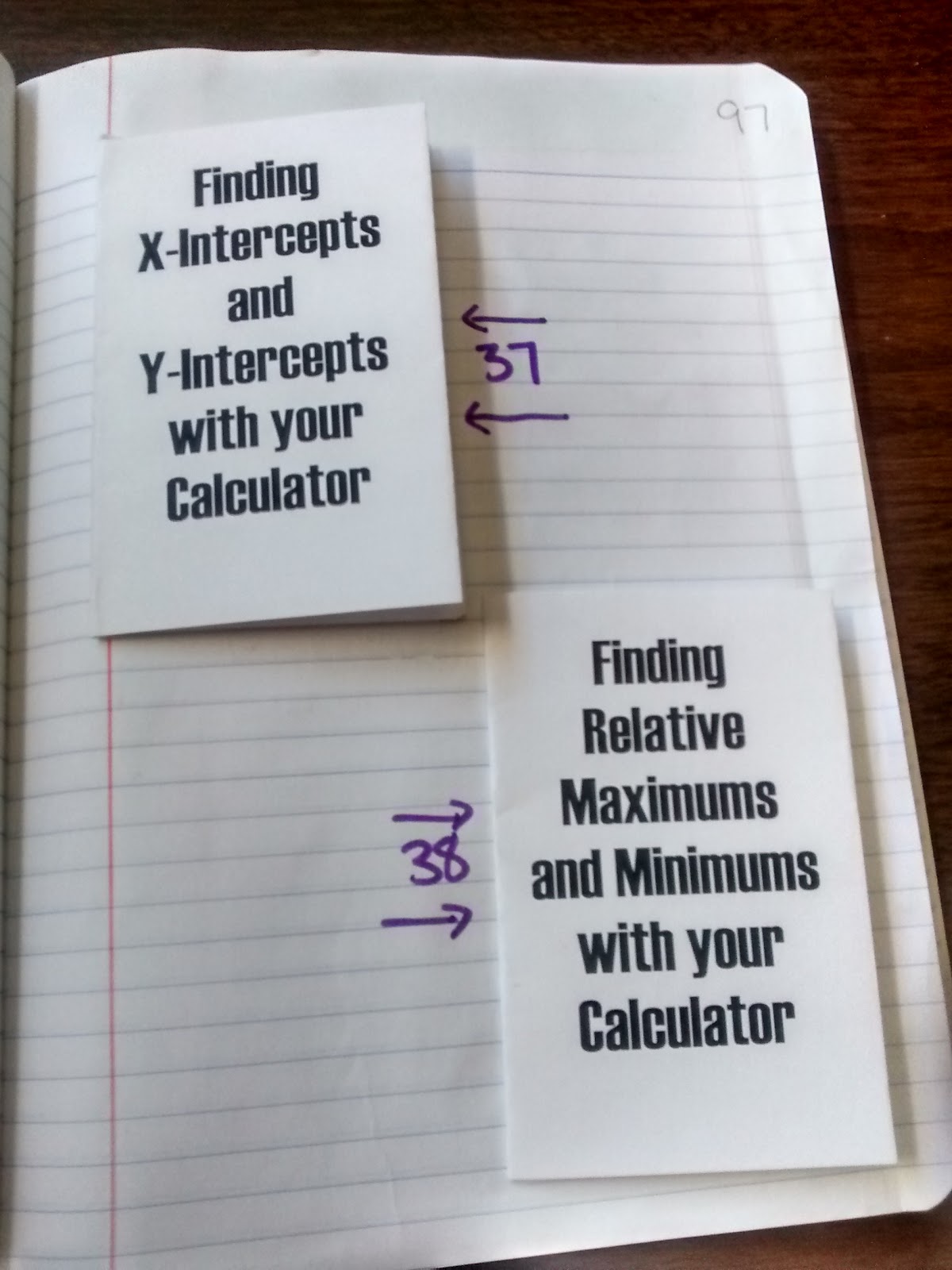
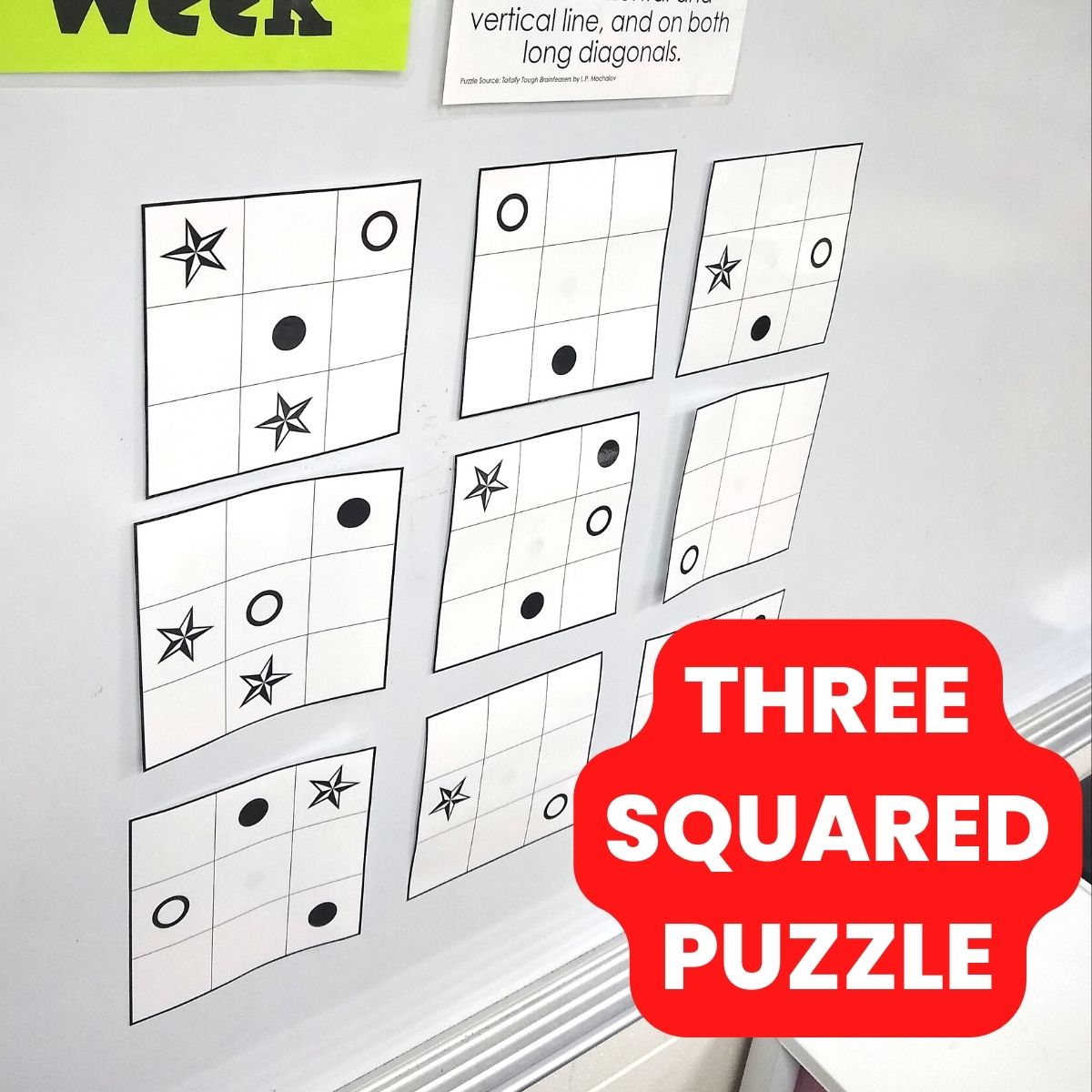
A friend of mine, also a Math Professor, uses colored triangles that are overlapped at different angles to make her paper plate unit circle.
Here is a link to a blog that has a nice picture and instructions! I know she loves doing it with her students. Maybe that will help with the neatness side of things 😉
http://anotherteacherblog.blogspot.com/2012/07/trigonometry-unit-circle-fun-made4math.html
Thanks for the link, Sarah!
I'm teaching Statistics for the 2nd year next year as well (this year was my first year teaching Stats), and we're getting new textbooks, yay! The ones we had were… from like 2004… Not much relevant data to today's students. I've also been thinking about doing INBs with them next year as well, so I'll be keeping an eye out here. I've also been inspired to start blogging, from you and druinok and others, hopefully starting that soon.
Please share a link to your blog!
I taught Alg/Trig for the first time this year and stumbled upon this lesson from NCTM. I think it gave my students a more concrete feel for what trig functions are actually describing.
https://www.nctm.org/Classroom-Resources/Illuminations/Lessons/Graphs-from-the-Unit-Circle/
Thanks for sharing!
Awesome post – so thoughtful and methodical – I'm going to save it for next year, too. Thanks!
You're welcome!
Here's your solution to 2 and 3. These are the best thing ever. http://mathteachermambo.blogspot.com/2014/09/unit-circle-and-radians.html
AWESOME!
I taught a lot of trig in Pre Cal this year and started off with the unit circle. I actually found myself using special right triangles and reference angles more than anything. I did have my kids memorize where the angles were (degrees were much easier for them so if it was in radian mode, they would convert it to a degree and then go back to radian if needed. and yes, they had to do this by hand because the test I gave on evaluating trig functions was non calculator). we drew so many triangles this year, that they really do get comfortable with it. it also reinforces sin=y/r and cos=x/r. by the time we got to solving trig equations, they were pros at drawing and labeling the special right triangles in the correct quadrant. the unit circle is great! I NEVER thought I would use the right triangles, but I think it's what I'm going to use from now on. it helps so much more make sense.
I love me some special right triangles! I think I need to emphasize them more next time I teach trig!
I'm always amazed at how much students don't like fractions – they will do just about anything to avoid them!
YES, YES, YES!!!
FACEing Math has a great interactive foldable that works amazing for the unit circle. It is based on triangles so it makes the connection for students. https://web.archive.org/web/20200726152932/http://www.faceingmath.com:80/facingmath/Unit_Circle_Kit.html
Thanks for blogging I love your stuff
Thanks for the link, Jenn.
Just curious what order of topics you think works best when teaching the trig unit to Algebra 2 students…!??!!?
We do trig as a separate course instead of as part of Algebra 2.